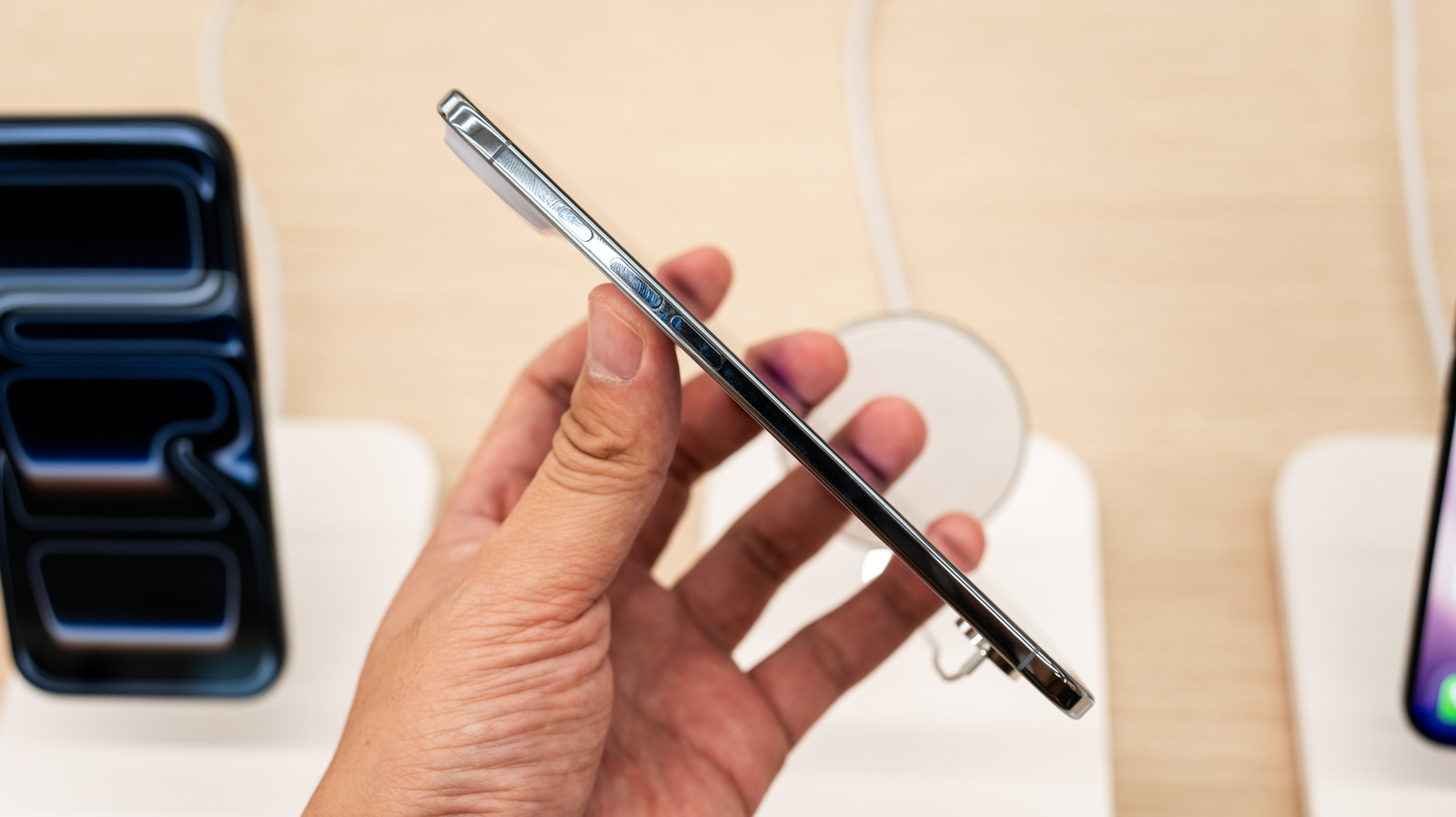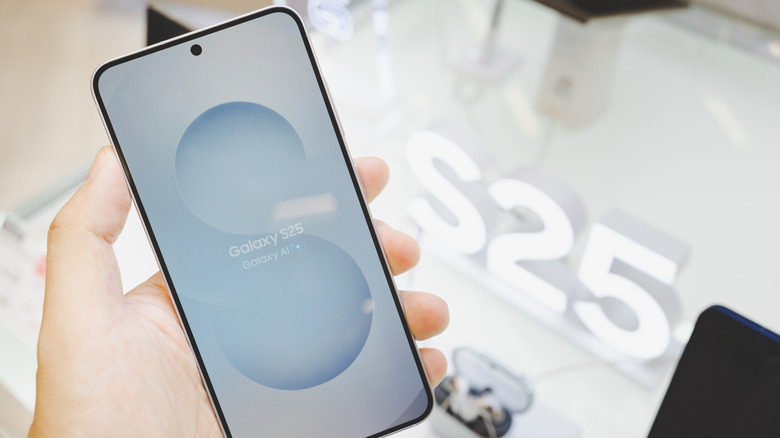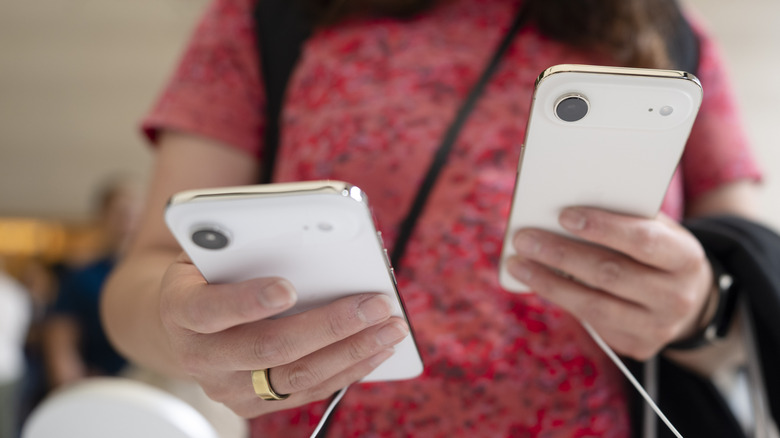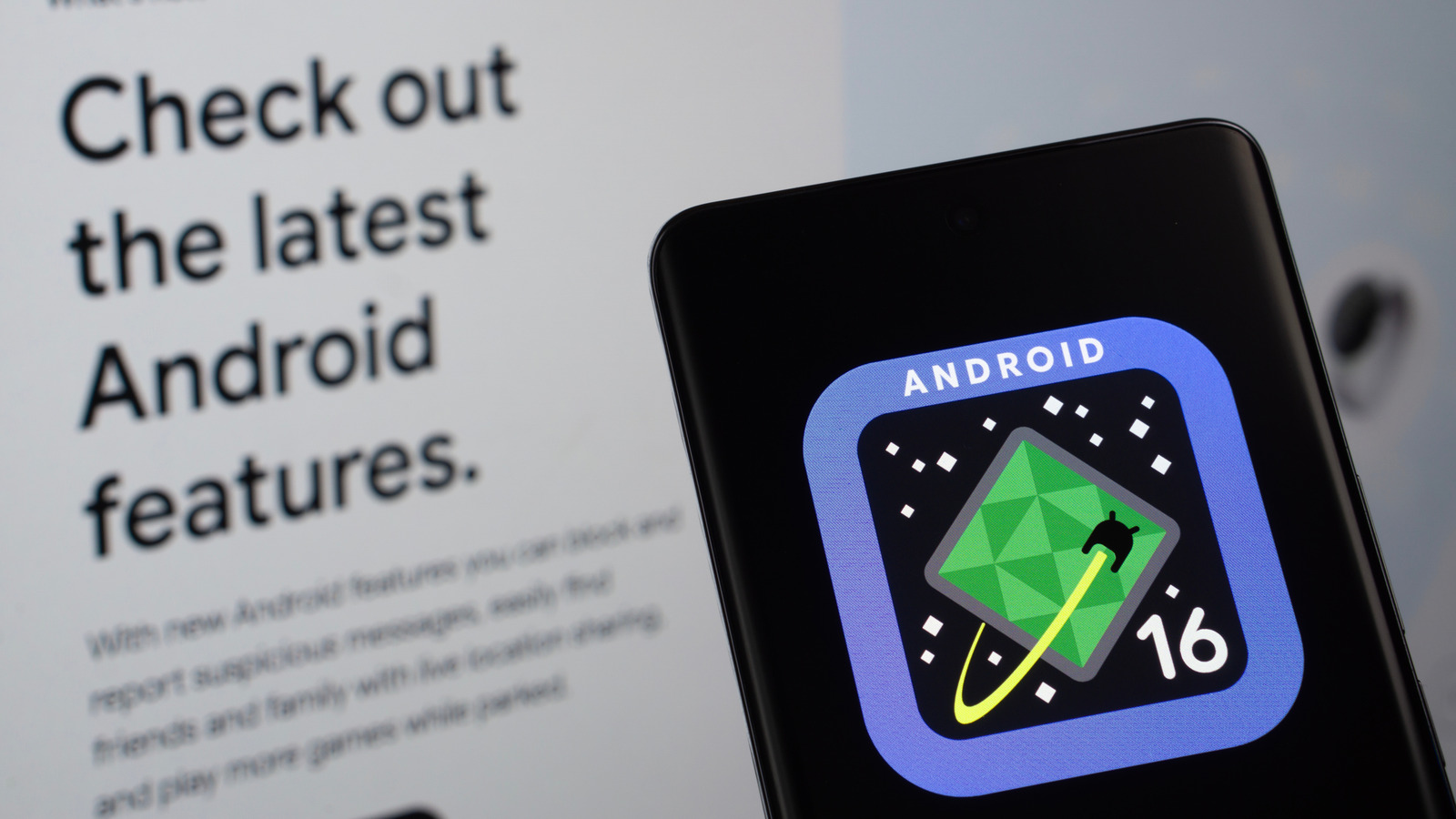The latest iPhone generation brought four new devices to the table, one of which is the iPhone Air – the lightest and sleekest smartphone Apple has produced thus far. With the iPhone Air, Apple seemingly argues that you can still squeeze fantastic performance out of a razor-thin device, without sacrificing durability, power, screen quality, and other premium features. On the other hand, the Samsung Galaxy lineup — one of the iPhone’s chief foes — makes some of the biggest smartphones on the market right now in terms of dimensions. Take a look at the Galaxy S25, for instance. While the device only weighs 162 grams, we’re still working with a 7.2mm thick phone.
Compared to the iPhone Air’s 5.6mm ultra-thin profile, the S25 is definitely the bulkier of the two. The iPhone Air also packs in a bigger screen despite a slimmer chassis. But then there’s the S25 Edge, a phone that more directly rivals the iPhone Air in terms of form factor. At only 5.8mm thick and weighing 163 grams, the S25 Edge is just about the same size as the iPhone Air. It also manages to house a bigger battery at 3,900 mAh and an additional camera. But in Apple’s push for premium, a couple of design tweaks help to give the iPhone Air a win for feel and finish, while leaving room for hardware improvements down the line.
Two distinct views on durability and design
The ultra-slim chassis of the iPhone Air trickles down to the materials Apple chose to build the phone with: a titanium frame and a Ceramic Shield 2 front and back cover. The former allows the Air to survive the force applied when bending, resulting in one of the most durable iPhones the company has ever made. Samsung’s Armor Aluminum chassis, on the other hand, feels slightly lackluster. Even with the iPhone Air’s reduced footprint, Apple still managed to fit in the A19 Pro chip, a C1X modem, and an N1 networking chip for Wi-Fi 7 and Bluetooth 6 support. The Galaxy S25 Edge’s Snapdragon 8 Elite processor and OLED display are exceptional components, too, and the slightly bigger chassis allows for a little more headroom in other design areas.
However, despite the Galaxy S25 Edge’s 3,900 mAh battery, Apple’s optimization with the iPhone Air trumps Samsung in terms of endurance. Now, imagine if Apple managed to cram in a 3,900mAh battery into the Air. It would truly become an all-day phone, as opposed to what users are reporting with the current iPhone Air. Apple can also certainly take a page from Samsung’s book about cramming an extra camera into the S25 Edge. Hopefully, the next generation — if there ever is one — will have more than one camera.
What might premium look like moving forward?
The iPhone Air is only in its first generation, and while no one can be sure if Apple will continue refining its new razor-thin flagship, Samsung and other Android manufacturers should be taking notes. Moving forward, slim phones are probably going to set a trend yet again. While Samsung’s S25 Edge is equally cutting-edge, the iPhone Air feels more premium — almost like a piece of jewelry. Then, there’s Samsung’s foldable and flippable mobile devices — a corner of the market that Apple is gearing up to tackle.
What’s fascinating is that both Apple and Samsung have an opportunity to learn from each other. The S25 Edge should show Apple that you can have a bigger battery and an extra camera without compromising on the form factor, while the iPhone Air should show Samsung that, oftentimes, the look and feel of a premium device may take home the gold as opposed to raw specs on paper.




